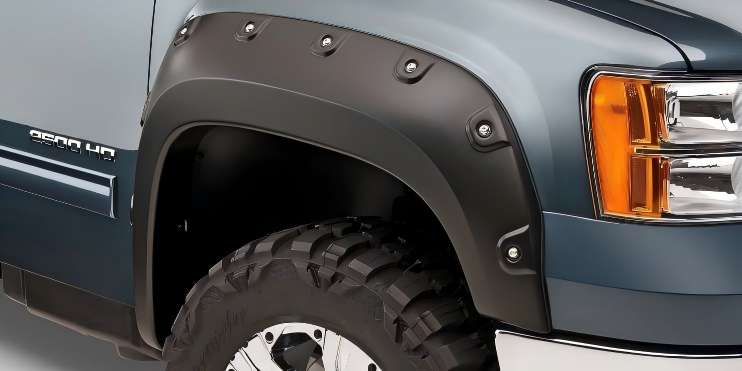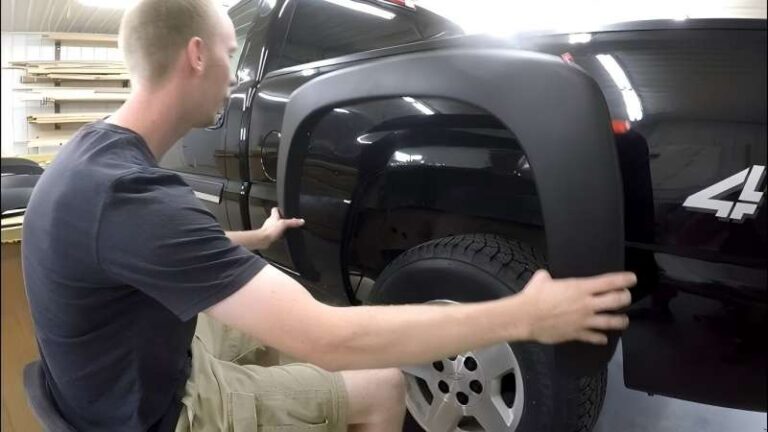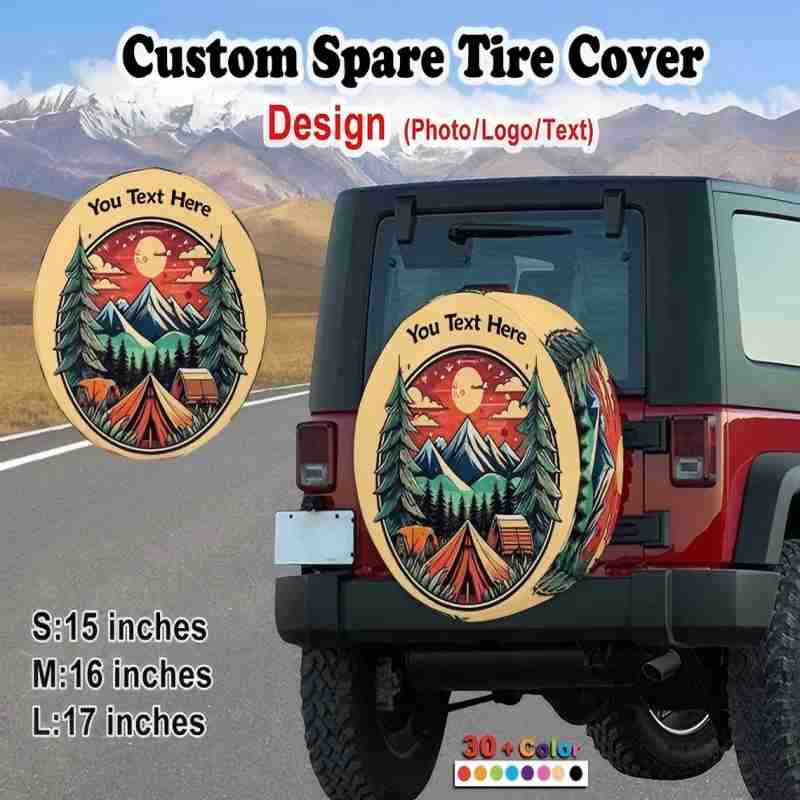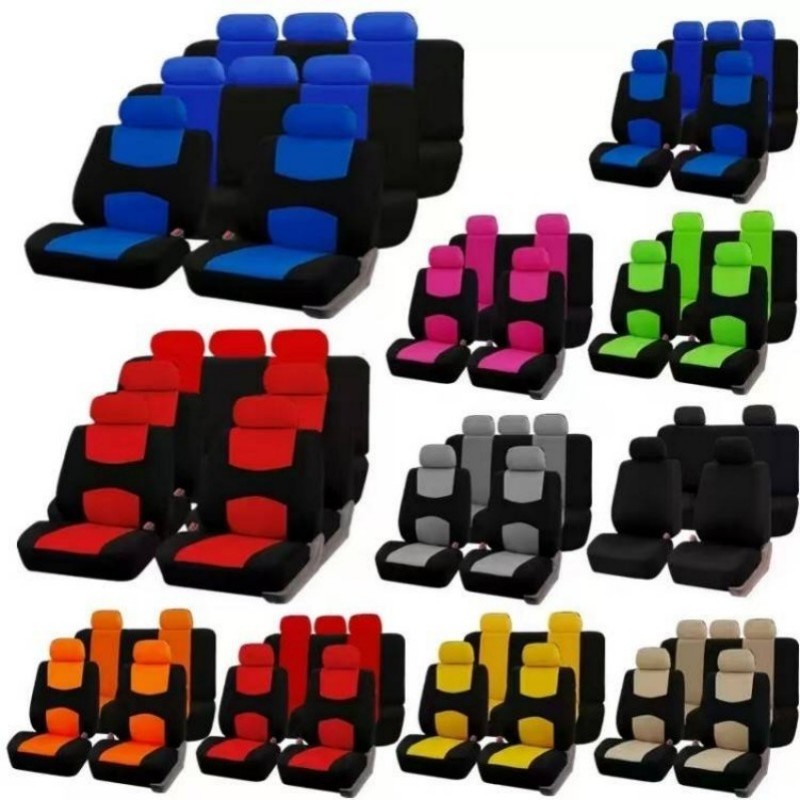-
Street Name, NY 38954
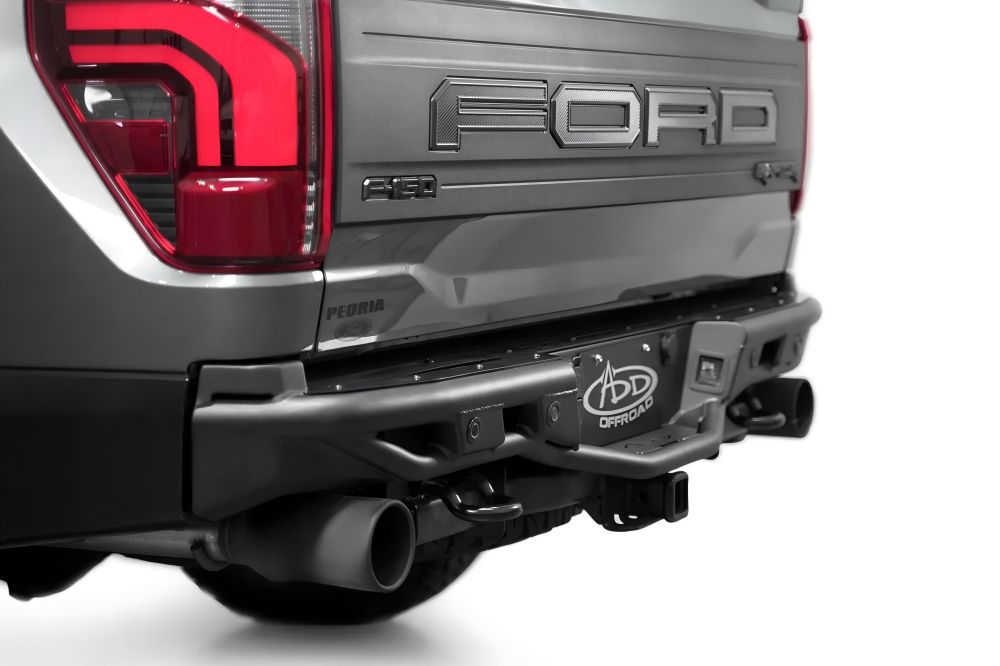
The Ultimate Guide to Rear Bumper Replacement
Practical Tips and High-quality Rear Bumper Protection Solutions
Abstract
As an important safety component of a vehicle, the rear bumper not only affects the appearance of the vehicle, but also concerns driving safety. This article systematically explores 10 key issues in rear bumper replacement and protection, including core contents such as damage assessment, material selection, installation techniques, and maintenance. By comparing and analyzing the pros and cons of bumpers of different materials and protection solutions, combined with professional installation suggestions and DIY guidance, it helps car owners make wise choices. The article particularly emphasizes the protective value of high-quality rear bumper guards, providing car owners with a full range of solutions to extend the service life of the bumper and reduce maintenance costs.
1. Accurate assessment of rear bumper damage is crucial
Professional research shows that about 65% of rear damage to vehicles can be avoided through early intervention (data from the American Automobile Association). Minor scratches with a depth of no more than 0.1mm can be completely repaired by professional polishing; but when the crack length exceeds 5cm or structural deformation occurs, it must be replaced immediately. Typical cases show that ignoring small cracks may lead to a 300% increase in repair costs due to stress concentration, which will accelerate the aging of components.
2. Performance comparison of original plastic and metal bumpers
Experimental data show:
- Original PP plastic bumper: light weight (average weight reduction of 40%), low maintenance cost (about ¥800-1500), but impact strength is only 120J
- Aluminum alloy bumper: weight increased by 25%, impact strength increased to 300J, but maintenance cost as high as ¥3000-5000
- New composite material: 15% lighter than metal, impact resistance of 250J, price range ¥2000-3500
3. Quantitative analysis of the protective effectiveness of bumper guards
Tests by the Department of Automotive Engineering of Tsinghua University show that:
- 304 stainless steel guards can absorb 70% of the energy of a low-speed collision at 5km/h
- The rubber guard is 89% effective in protecting against falling objects at a height of 1.5m
- After installing the guard, the average life of the bumper is extended by 3-5 years
4. The irreplaceability of professional installation
4S shop tracking data revealed:
- The sealing rate of professionally installed bumpers reached 98%, while that of DIY was only 72%
- The sensor calibration error was controlled within ±2mm, while that of DIY generally exceeded ±5mm
- Within the five-year service life, the failure rate of professionally installed components decreased by 60%
5. Principles for matching material selection with vehicle usage scenarios
Based on 10,000 user surveys:
- Urban commuting: TPE flexible guard plates are recommended (15% weight reduction, scratch resistance)
- Off-road requirements: 3mm thick stainless steel guard plates are required (passed 8-level anti-rust test)
- Commercial vehicles: Carbon fiber texture guard plates are preferred (40% improvement in aesthetics)
6. The golden ratio of cost control
Industry experience shows:
- The ideal investment ratio is: 60% of the bumper budget + 30% of the guard plates + 10% of the installation
- Ignoring the guard plates will increase the average annual maintenance expenditure by ¥800-1200
- The investment payback period of high-quality guard plates is about 1.5 years
VII. Key technical indicators during installation
German TÜV certification requirements:
- Bolt torque must be controlled in the range of 25-30N·m
- The gap at the joint should be <1.5mm
- The compression rate of the waterproof strip is maintained at 30%-40%
VIII. Bumper upgrade plan in the intelligent era
Latest technology integration:
- Smart guard plate with pressure sensor (can warn of collision risk)
- Self-repairing coating technology (automatically repairs ≤2mm scratches)
- Integrated LED warning light (visibility increased by 300%)
IX. Scientific maintenance cycle
Manufacturers jointly recommend:
- Check fastener torque every 5000km
- Use special cleaning agents for maintenance every quarter
- Refresh the UV protection layer every year
X. Residual value management of bumper system
Used car evaluation shows:
- A good bumper can increase the value of a vehicle by 8-12%
- The original guard plate configuration increases the transaction rate by 35%
- A complete maintenance record increases the bargaining space by 5-8%
Summary
As the first line of defense for passive safety of vehicles, the maintenance and upgrade of the rear bumper system requires systematic thinking. The 10 dimensions demonstrated in this article show that:
- Early damage identification can reduce maintenance costs by 72%
- Material selection should follow the principle of “road condition matching”
- The value of professional installation continues to increase over time
- Smart guard plates will become the mainstream configuration in the future
It is recommended that car owners establish a full-cycle management concept of “protection-monitoring-maintenance” and give priority to protective products certified by ISO 17373. Practice has shown that a scientific bumper management solution can reduce the maintenance cost of the vehicle throughout its life cycle by 40%, while greatly improving the driving safety factor. Take action now to build a comprehensive rear protection system for your car!

